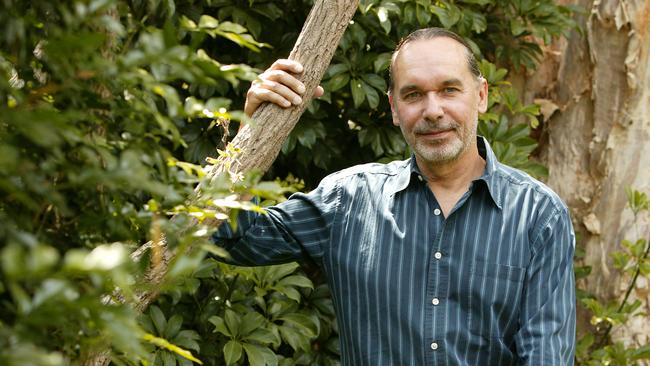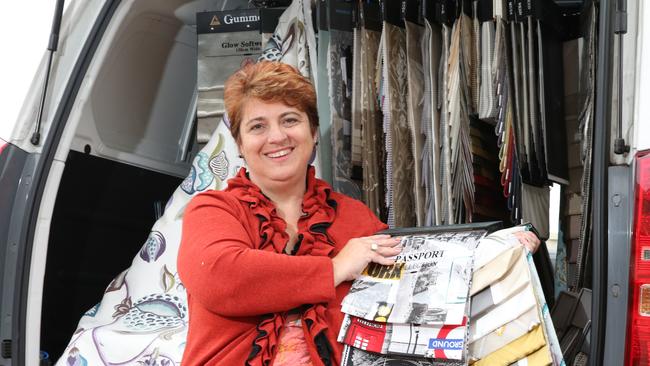The heart and sole of businesses
ONE person, one idea. The overwhelming majority of Australia’s two million-plus small businesses are solo concerns.

ONE person, one idea. That’s how most businesses begin. And that’s often how they stay. The overwhelming majority of Australia’s two million-plus small businesses are solo concerns.
There are 1.26 million “non-employing” businesses in Australia; 760,000 that employ between one and 19 people; just under 51,000 that employ between 20 and 199 people, and just 3626 businesses that employ more than 200 people, according to the Bureau of Statistics.
That suggests more emphasis should be put on sole operators — many operating from home offices with the help of a network of like- minded mates and contractors. Because the problems of operating a one-person business are similar to running a bigger operation — though admittedly without the staff headaches that are the most common cause of sleepless nights. You still need a business plan; you still need the discipline of a budget; you can still fail.

Robert Gerrish runs an online forum and information service for these business operators called Flying Solo. He says historically it’s been the domain of service-based operators — in many cases those selling professional services for a fee.
“We have seen it change enormously with the advent of online commerce,” he says.
“Small retailers today do not create goods themselves, but they buy and market things online. More people recognise you can run a retail business from a home office.”
The other characteristic of those who work alone is that, in the majority of cases, there is another income in the family. Gerrish says more than half have a spouse who is permanently employed or where there is an alternative income. This implies that the decision to go into a home business is a lifestyle decision for a family — mostly Generation Xers — with the hope of generating income. The split between men and women is close to 50:50 though.
The advantages of working by yourself and working from home are obvious and immediate. But Gerrish warns it does not suit everybody.
“We see people who lose structure: they are all over the place. We always say: ‘Get out of the house. You can’t bounce ideas off the cat, you have to meet people’.”
Given most businesses do not employ anybody, it is no surprise that the vast majority of business failures also come from this area. Between 2009 and 2013, the ABS says there were 300,000 business “exits”. Of these 227,650 were from “non-employing businesses” — more than 75 per cent. But Gerrish sees it a little differently.
“People still bandy about the small business rate of failure but from our research the majority are not cases of massive financial implosion ... it is simply a business that stops trading. In our observation ... it’s people moving from one opportunity to another.”
That said, there are groups vulnerable to collapse. One is what Gerrish calls the “accidental soloists” — people who start a business because of connections but who have little planning or direction.
The others are people moving from corporate employment — voluntarily or involuntarily — who might have an unrealistic expectation of their own skills in operating a solo business based on their experience.
“It’s one thing to have a skill at a profession ... but it’s useless if you can’t find clients, and get them to pay.”
HOW A ONE-WOMAN CURTAIN BUSINESS REALLY OPENED UP
MORE Than Curtains DO NOT discount, nor do they undercut. We trade on our experience and integrity in the marketplace for over 20 years.”
That’s the motto on More Than Curtains’ website. There’s just a little white-lie in the statement: “We”. There is no “we” in More Than Curtains. There is only “I” — Lucia Van Gerwen.
Lucia left teaching 26 years ago, mainly out of a desperate lack of childcare when her daughter was born. After working in a paint-shop, where the hours were kinder, she became a decorator and then an interior designer, then a one-woman-band business.
“I did it as a trial to see how I’d go. It was quite successful through word-of-mouth referrals. I ended up decorating an entire street in Kellyville. That wasn’t what I planned.”
Lucia didn’t have business experience but with the help of her mother, who had a business as a podiatrist, she put a structure in place. It worked, and Lucia today has a thriving business through Western Sydney. Yet she is still by herself, with some occasional work from her now adult daughter. Why?
“I’m a bit of a control freak is the short answer,” she says.
“My gut feel says to anyone to give it a go on your own but be prepared for huge hours and massive commitment.”
The biggest problem of a sole-owner business is who do you sell it to in the future if all your clients want you. Lucia has confronted this, and two years ago created another business, a network called The Designer Chicks, to allow members to refer business to each others.
There are now three across Sydney with plans for another four this year.
This business allowed her to interact with more people, but also created a business that potentially will have value beyond her in the future. After 26 years, Lucia is becoming more “we” than “she”.



 You can’t bounce ideas off the cat, you have to meet people
You can’t bounce ideas off the cat, you have to meet people


